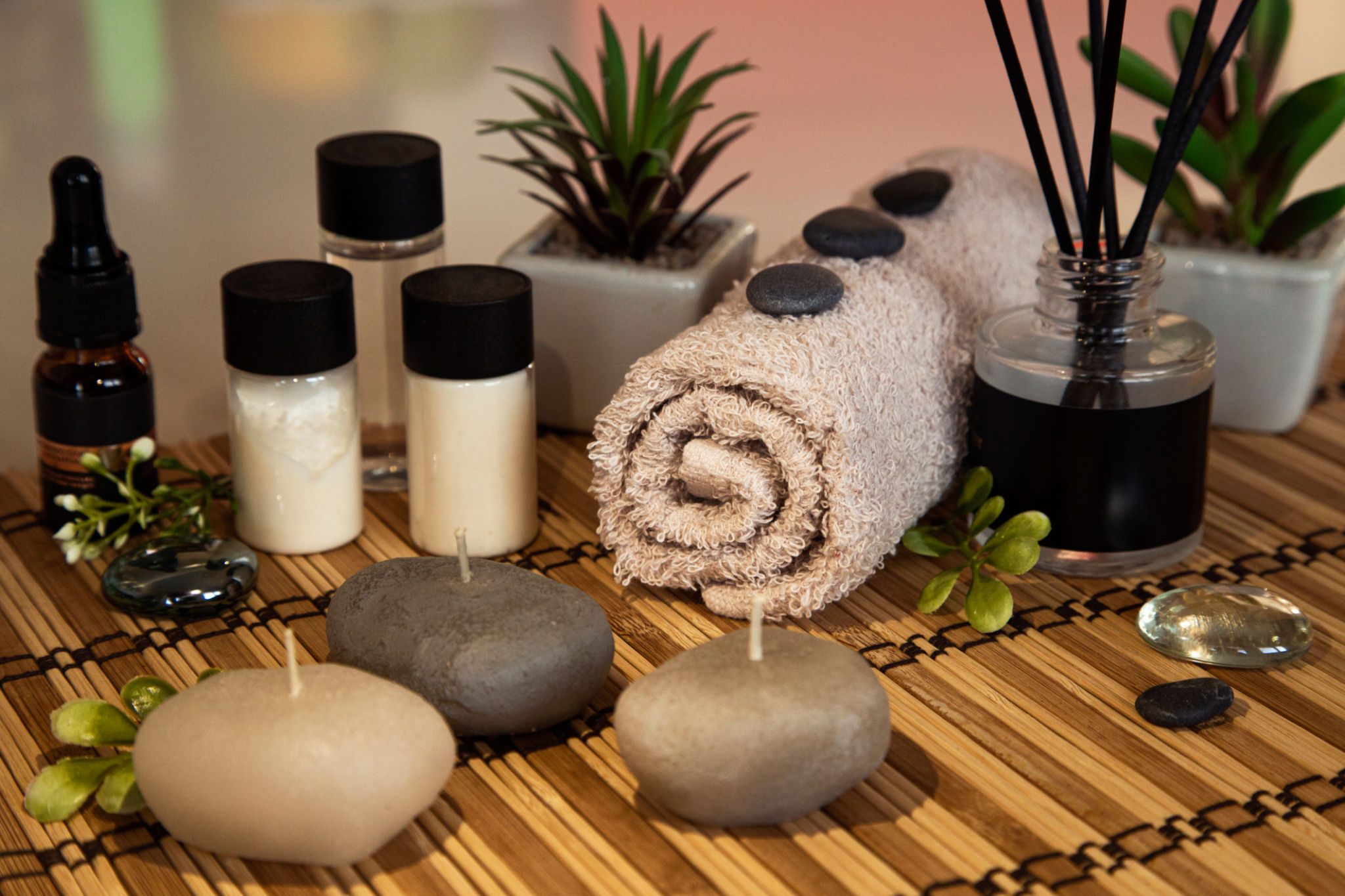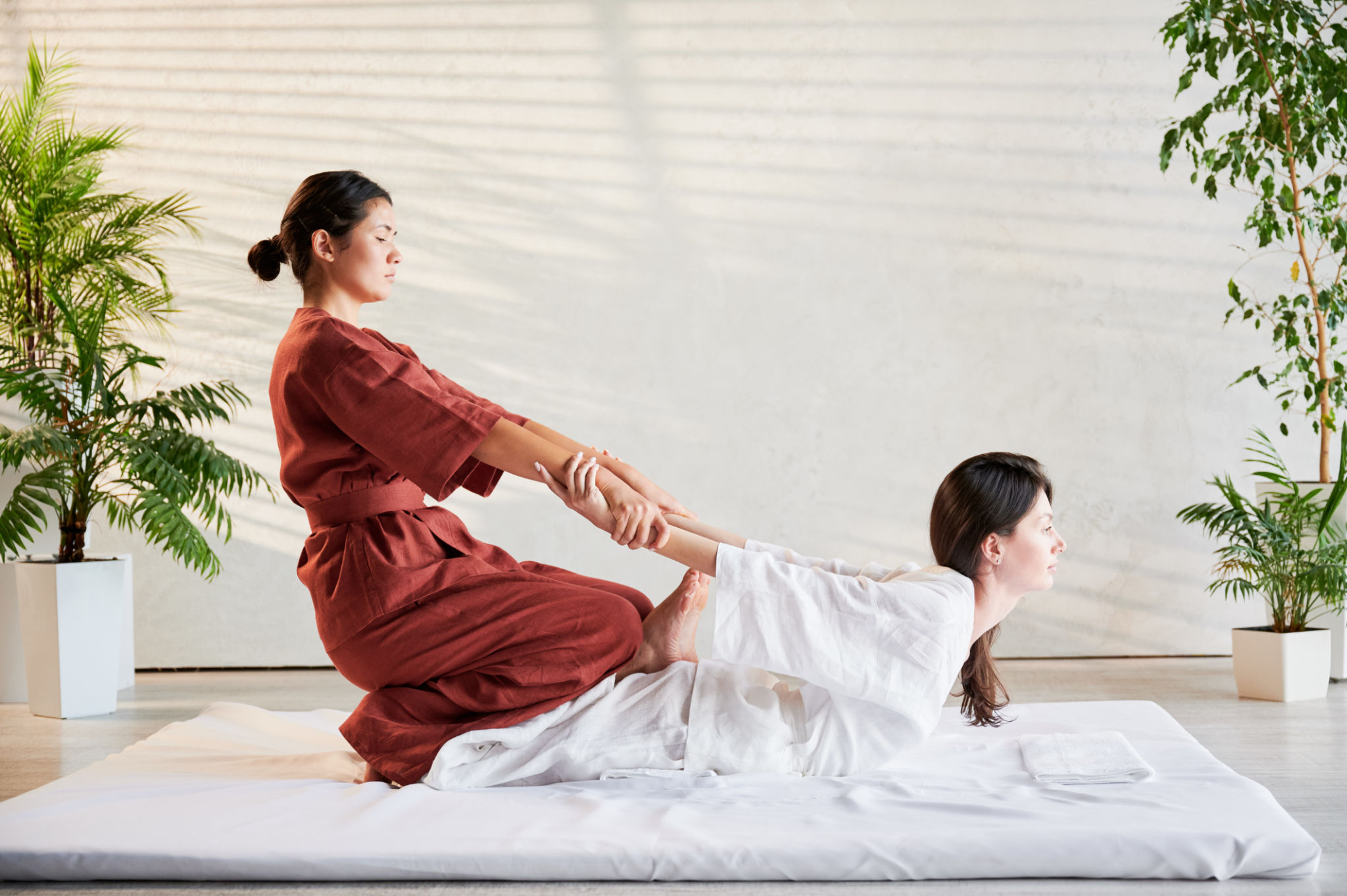The Art of Thai Massage: Techniques and Traditions Explained
Introduction to Thai Massage
Thai massage is a centuries-old healing art that combines acupressure, Indian Ayurvedic principles, and assisted yoga postures. Known for its holistic approach to health, it aims to restore balance and harmony in the body. Unlike typical Western massages, Thai massage is performed on a mat on the floor, with clients fully clothed, making it a unique and immersive experience.

The Origins and Philosophy
The roots of Thai massage extend back more than 2,500 years, originating from India and brought to Thailand by Buddhist monks. It is deeply intertwined with traditional Thai medicine and spiritual practices. The philosophy behind Thai massage is based on the concept of energy lines, known as Sen lines, which are believed to carry life energy throughout the body.
The practice focuses on clearing blockages within these energy lines to promote physical and emotional well-being. This is achieved through a combination of rhythmic pressing, compression, stretching, and joint mobilization.
Techniques Used in Thai Massage
Thai massage employs a variety of techniques that make it both therapeutic and invigorating. Some of the key techniques include:
- Acupressure: Pressure is applied to specific points on the body to stimulate energy flow and relieve tension.
- Stretching: Assisted stretches help increase flexibility and release muscular tension.
- Compression: Gentle pressing of muscles and tissues improves circulation and enhances energy flow.

The Benefits of Thai Massage
Thai massage offers numerous benefits that extend beyond physical relaxation. It can help improve flexibility, joint movement, and circulation. Additionally, it has been shown to reduce stress, alleviate chronic pain, and enhance mental clarity. Many people find that regular Thai massage sessions lead to an increased sense of overall well-being.
This holistic approach also promotes emotional balance by encouraging the release of endorphins and serotonin, which are natural mood enhancers.
The Role of the Practitioner
A skilled Thai massage practitioner plays a critical role in delivering an effective session. They are trained to understand the body's anatomy and energy lines, ensuring that each technique is applied safely and effectively. Practitioners often use their hands, elbows, knees, and feet to achieve the desired therapeutic effect.

Preserving Tradition in Modern Times
While Thai massage has gained international popularity, efforts are being made to preserve its traditional methods and teachings. Many practitioners study at specialized schools in Thailand to learn the authentic techniques passed down through generations. This dedication to tradition ensures that clients receive a genuine experience that honors the rich history of Thai massage.
As interest in holistic health continues to grow, Thai massage remains an essential part of wellness routines worldwide. Its unique blend of physical therapy and spiritual practice makes it a valuable resource for anyone seeking balance and rejuvenation.